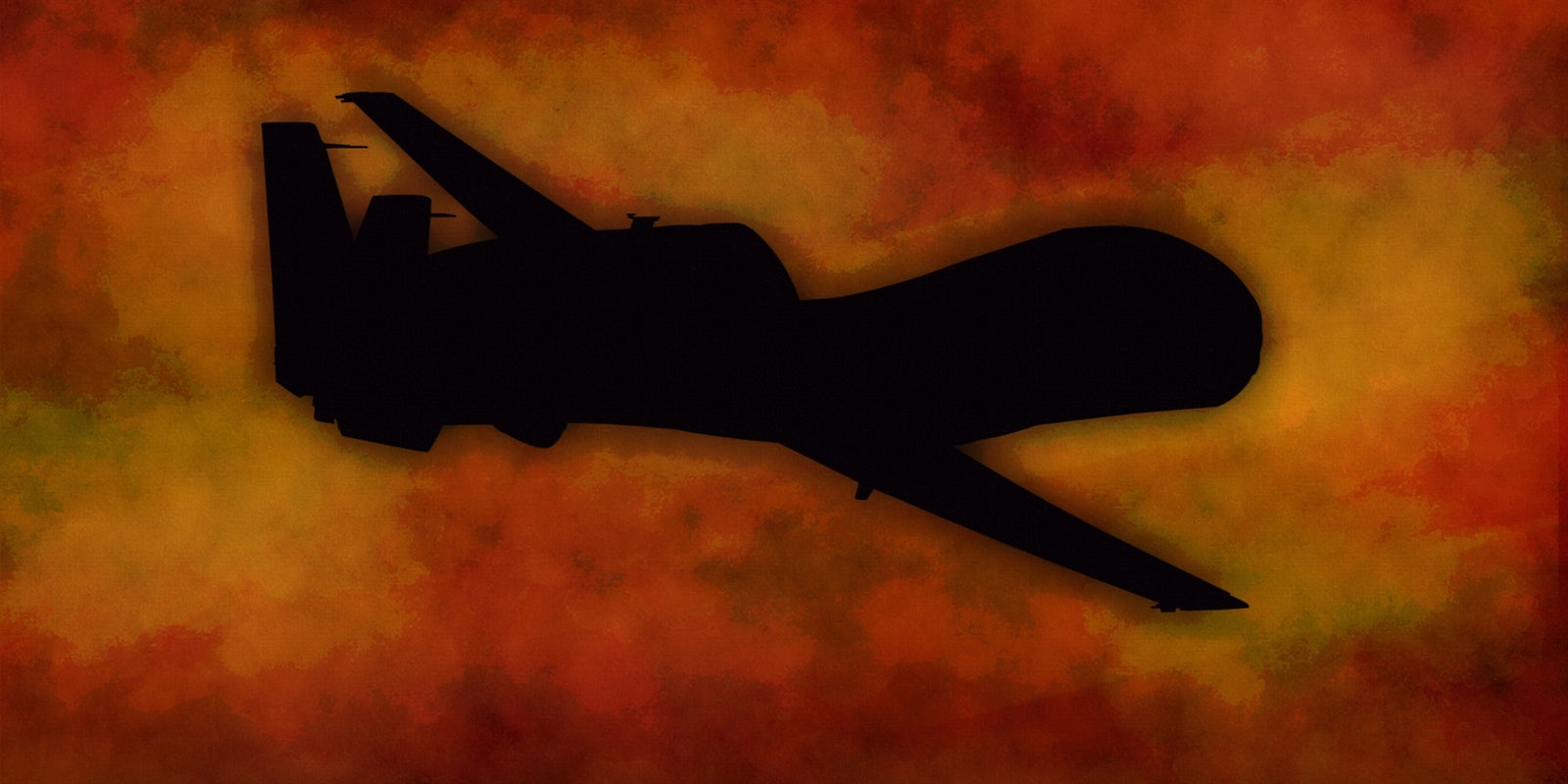You’ll recognize the big Gray Eagle drone by its featureless face and the laser-guided hellfire missiles under its wings. The Shadow is its smaller, sharp-eyed cousin.
Soon, the skies over America will see a lot more drones just like these.
The U.S. Army, which already flies a fleet of 75 Gray Eagles and 450 Shadows as part of its drone fleet, announced Wednesday that it spent an additional $75 million on contracts for production and research of these unmanned aerial vehicles, according to the Defense Department. In total, the Pentagon awarded over $557 million in contracts on Wednesday alone.
The Gray Eagle contract, which is part of a $437 million purchase that includes satellite communications terminals, was non-competitive. That means no one placed a bid besides General Atomics, maker of the Gray Eagle, despite pointed early criticism of “poor reliability across all major subsystems” after a March 2011 crash gained wide attention.
But these are the new and improved Gray Eagles that the Army hopes leaves those doubts in the dust.
The upcoming Gray Eagles, to be delivered at least two years from now, measure in at 30-feet long and can fly for 50 hours at a time, double its predecessor’s endurance. Its range is about 200 miles from the pilot, and it flies at upwards of 25,000 feet at nearly 200 miles per hour. Perhaps most significantly, it can carry two hellfire missiles capable of destroying tanks—and anything less armored.
Although the Central Intelligence Agency (CIA) has received the brunt of public criticism over its own enormous, deadly, and secretive global drone program, the Army’s Gray Eagles are hardly immune. The drones have seen combat in Afghanistan and elsewhere in the Middle East, but the silvery war machine is also meant to fly over American skies.
If deadly fire and cataclysmic crashes aren’t a big concern over the United States, privacy is.
Organizations like the American Civil Liberties Union (ACLU) have repeatedly warned of government drones’ vast surveillance capability. A $33 million, 150-acre droneport is currently under construction at Fort Bliss in Texas that will serve as home base for Gray Eagle drones.
In the future, the Army aims to have 12 Gray Eagles—a full unit—for every division in the Army, adding up to about 240 drones in total, many of which will be deployed in the U.S.
A descendant of and upgrade to the iconic Predator drone, the Gray Eagle can be controlled directly by forward Army field commanders, rather than from a far-off command post, giving ground units cover, sight, and flexibility beyond what soldiers on the ground can do alone. The drones can detect improvised explosive devices (IEDs) that have become one of the most deadly weapons of war in the Middle East over recent decades.
On top of that, Gray Eagles work in tandem with Apache helicopters to significantly extend their range and effectiveness. Apache pilots can actually fly the drone from within their helicopter, using its sensors and weapons at a range of up to 70 miles.
Clarification: The U.S. Department of Defense awarded $557 million in contracts just on Wednesday.
Photo via AK Rockefeller/Flickr (CC BY SA 2.0)


